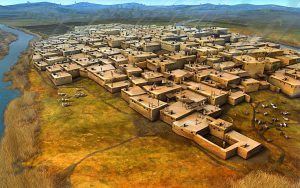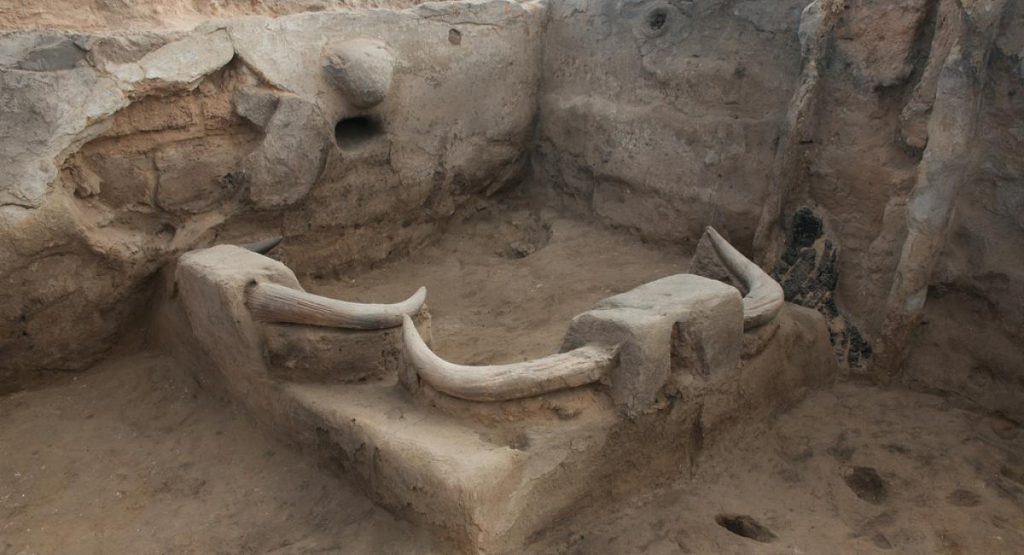On September 8, 1565, Spanish admiral and explorer Pedro Menéndez de Avilés arrived in Florida and began the founding of St. Augustine. His journey took place many years before Jamestown or Plymouth Rock were established, making St. Augustine the oldest permanent European settlement in North America. The government in control of the settlement changed over time. Spain controlled St. Augustine from 1565 to 1763. The Treaty of Paris (1763) gave the British control of the settlement until 1784, when Spain regained authority. In 1821, Spain ceded Florida and St. Augustine to the United States. As the ruling government in St. Augustine changed over time, so did the culture and appearance.

The top shows the St. Augustine city gates in 1808 when they were first built. The bottom shows the gates in 2013 and how the architecture has changed as the settlement has survived.
As more Europeans arrived in St. Augustine, the land that was originally inhabited by Native Americans, specifically the Timucua tribe, was altered. Land had to be cleared for the construction of new buildings. The indigenous Native American culture that once dominated Florida became heavily influenced by the incoming European way of life. Disease and political conflicts diminished the Timucua culture. As the Spanish established their presence in Florida, they had trouble completely preserving their way of life. While degrading and changing the land in St. Augustine, they had to adapt to the new environment. The original goal of implementing all of Spanish culture in the new settlement was difficult because of unfamiliar environmental pressures.
When pressures begin to affect a culture and the culture does not adapt, it will fail. This ability to be flexible is extremely important in the survival of any group of people. St. Augustine is a prime example of how any land that is subject to degradation by human actions will require cultural change over time. Most cultures are opposed to change, and will avoid cutting out certain activities that they value or find to be convenient. The Spanish way of life in Florida was not exactly the same as how it originally was in Spain. The same goes for the British rule. The cultures then evolved into the modern American way of life. The St. Augustine environment changed over time, so the cultures of the inhabitants did too. The arrival of more serious architecture and large-scale agriculture forced the cultures to adapt. Natural change combined with the consequences of human action require change, otherwise the affected group will collapse.
This concept is extremely relevant today. Cultural change has been happening for hundreds of years and has allowed certain groups to persist. The modern issue of climate change can be most effectively minimized when our present-day culture accepts the need to be flexible and give up certain privileges. For example, if humans today completely gave up electricity or agriculture, the impact of climate change would decrease. Even though people want to limit global warming, they will not give up these luxuries because the change would be too extreme. St. Augustine proves that cultural change is not a negative thing, but a necessity in the survival of a society.
References:
http://staugustine.com/history/nations-oldest-city
https://www.nps.gov/timu/learn/kidsyouth/forkids_timucua.htm
Images:
http://www.dmarlin.com/pastprologue/photos/staugustine-then-now/
https://www.floridamemory.com/items/show/4337
Further Reading:
http://dos.myflorida.com/florida-facts/florida-history/a-brief-history/european-exploration-and-colonization/
http://anthro.palomar.edu/change/change_2.htm



